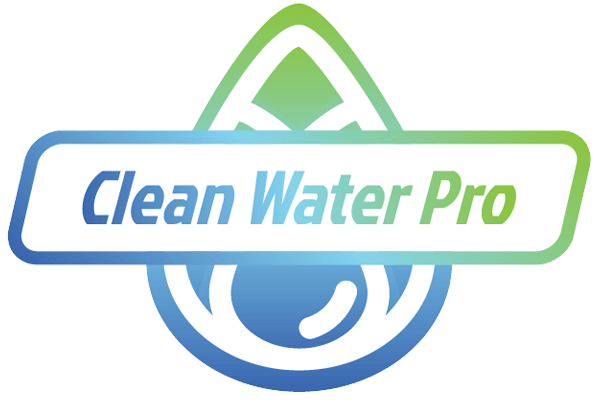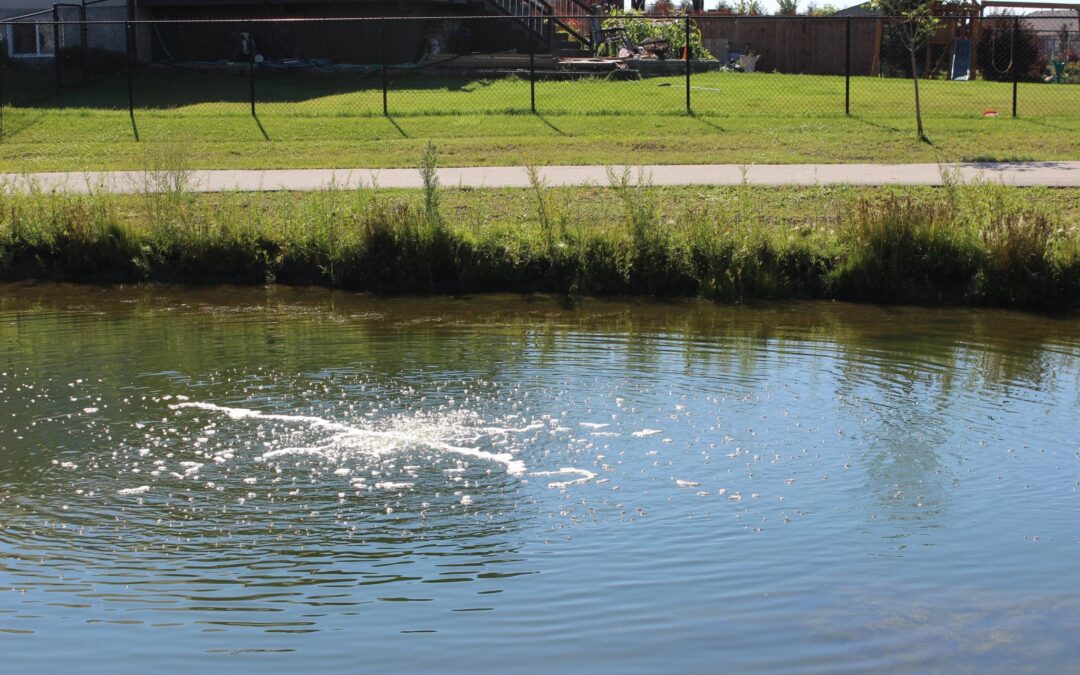
The Technology Behind Fine Bubble Aeration: Why It’s the Best
Not all aeration systems are created equal. Fine-bubble water aeration is the most efficient way to increase dissolved oxygen in ponds and lakes. How It Works Fine bubble diffusers release tiny air...
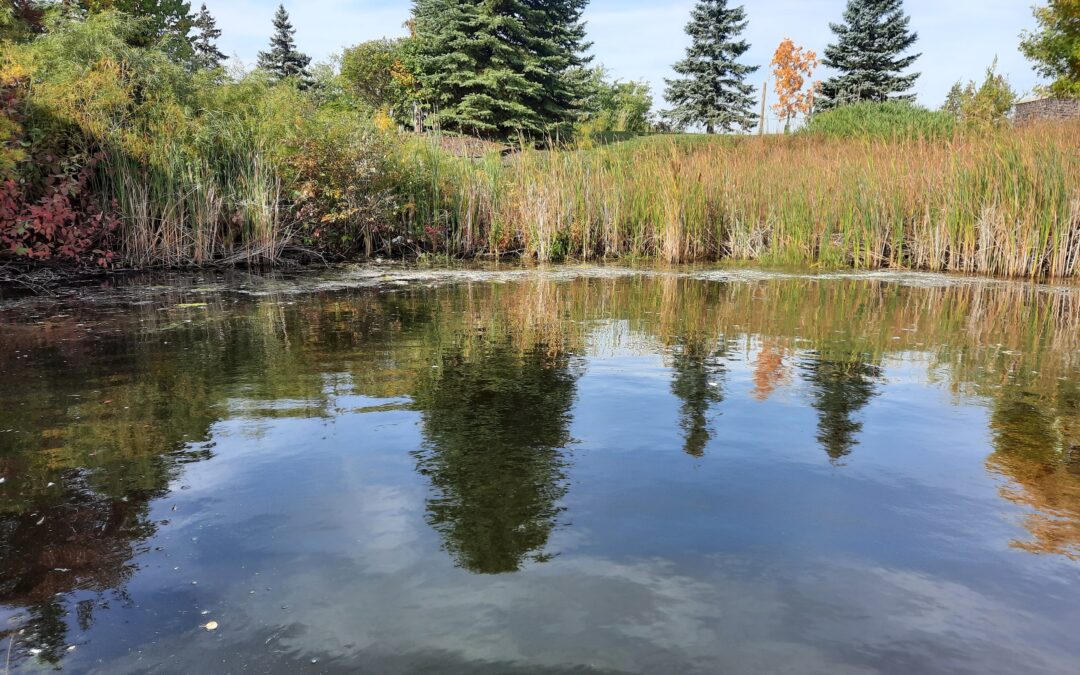
Riparian Zone: Why You Need A Healthy Riparian Buffer
Control Nutrients at the Source: How a Healthy Riparian Zone Protects Your Pond If your pond frequently battles algae blooms, murky water, or poor plant and fish health, the root cause often lies in...

Lake Aeration Benefits: How to Protect Your Fish Stocking Investment Effectively
Each year, lake owners across Manitoba and beyond spend time and money stocking their water bodies with fish. Whether for recreational angling or ecological restoration, fish stocking is an exciting...
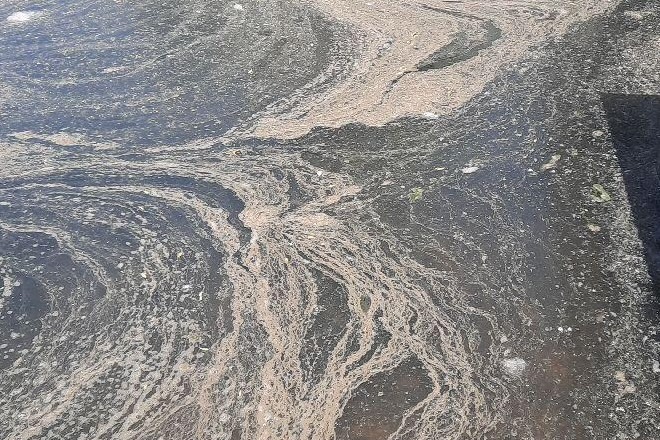
Pollen in Ponds: Understanding Its Impact and How to Manage It
As the warmth of spring breathes life into our gardens, it also brings a less welcome guest to our ponds – pollen. This fine, powdery substance, essential for the reproduction of many plants, often...

The Power of Beneficial Bacteria: Break Down Organic Matter and Improve Water Quality
Clearer Water Starts Here: How Beneficial Bacteria Help Your Pond Stay Balanced If your pond struggles with murky water, excessive algae growth, or foul odours, the problem often lies below the...
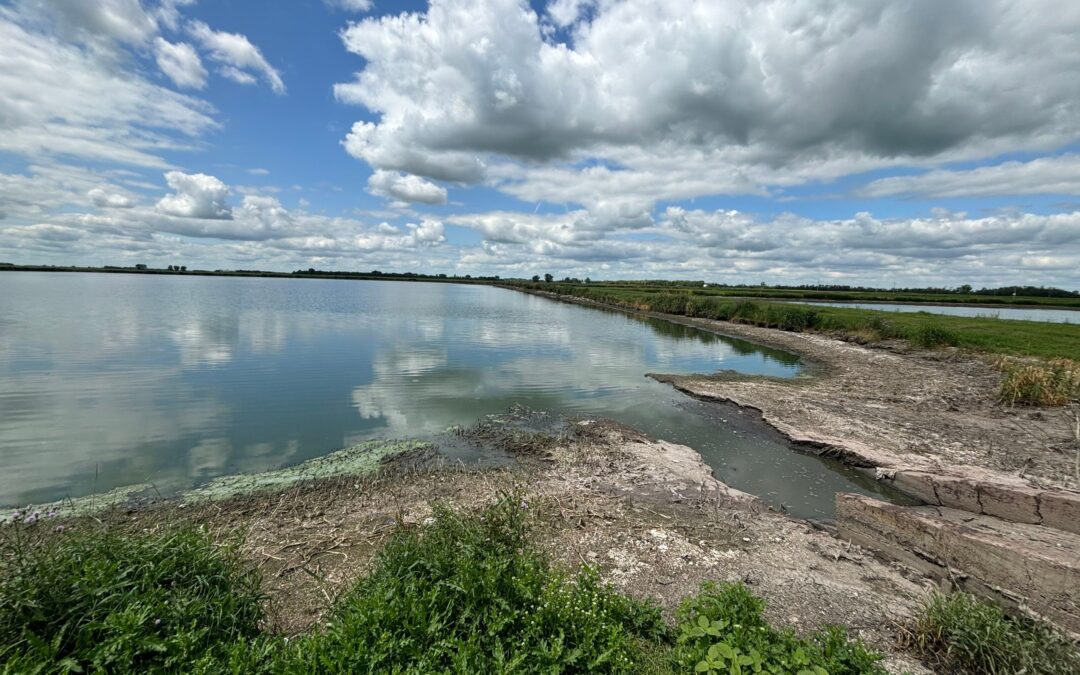
The Proof Is in the Data: Smarter Lagoon Management Starts with a Sludge Survey
Every municipal officer knows the inevitable truth: your wastewater lagoons are gradually filling with sludge. When left unaddressed, this accumulation leads to decreased treatment capacity, potential compliance issues, and the dreaded expense of dredging or building new cells.
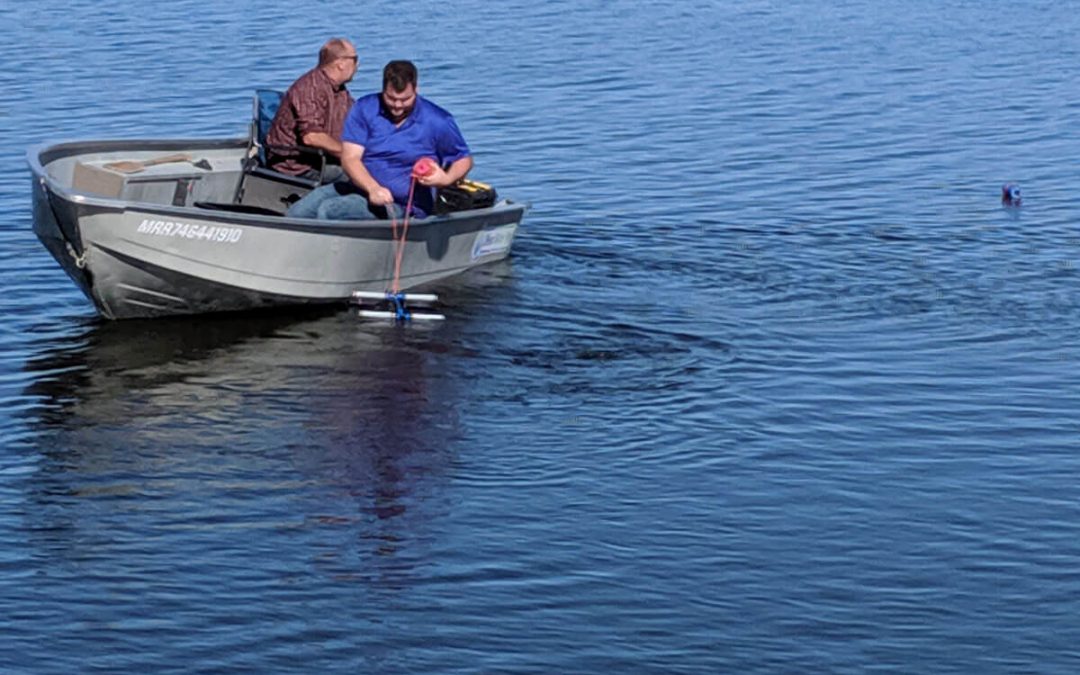
5 Reasons Customized Lake Aeration Dramatically Improves Water Quality
Lakes vary in size, depth, shape, and water conditions. A one-size-fits-all solution doesn’t work. Custom-designed aeration systems are essential for ensuring oxygen is delivered to the right places...

Pond Foam Explained: What It Reveals About Water Quality
Foam formation on the water’s surface in lakes and ponds can be natural, yet it often raises concerns about water quality and ecological balance. Whether found on a vast lake or a small pond,...
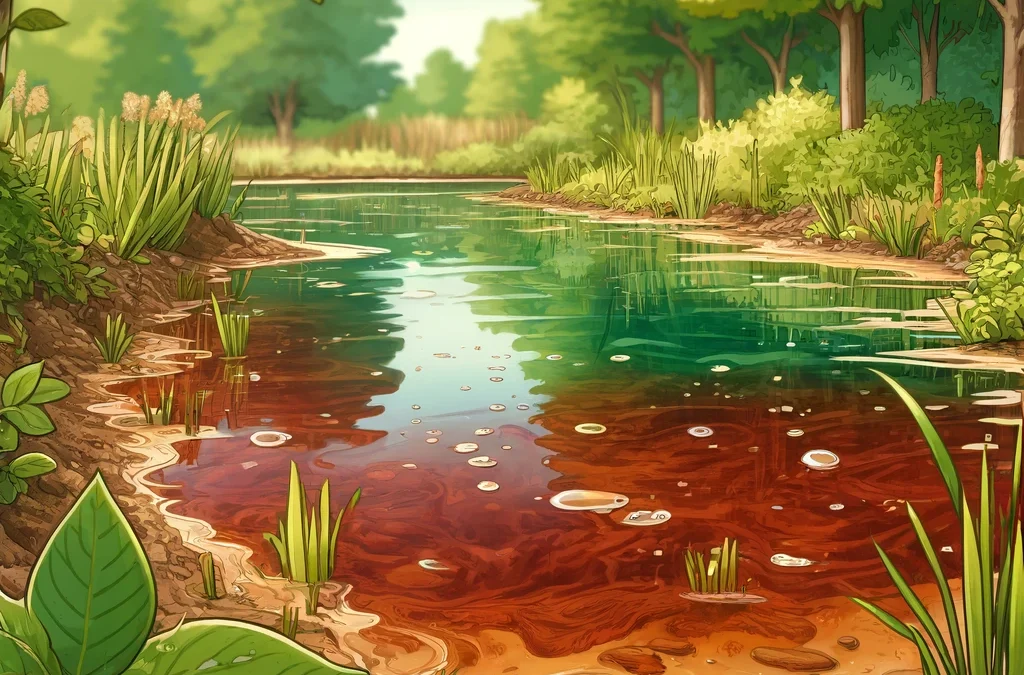
Why Do I Have Brown Pond Water? Understanding Tannins
What Are Tannins? Have you ever come across pond water with a distinct tea-like colour? This visual effect, often seen in ponds with a significant amount of organic debris, such as fallen leaves or...
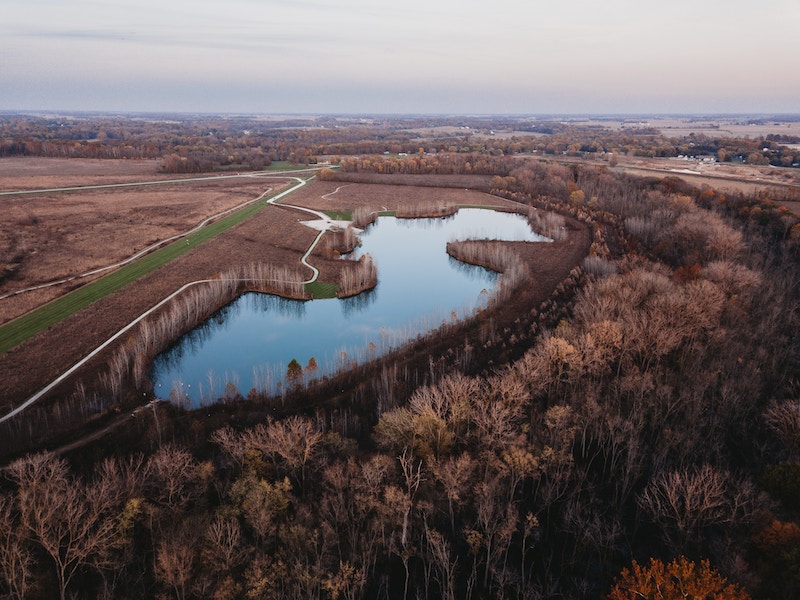
Challenges of a Dry Winter: Canadian Ponds and Water Sources
As winter comes to an end in Canada, the El Niño weather pattern has brought unexpected challenges, particularly to the Canadian Prairies. The lack of snowfall has raised concerns about water...
